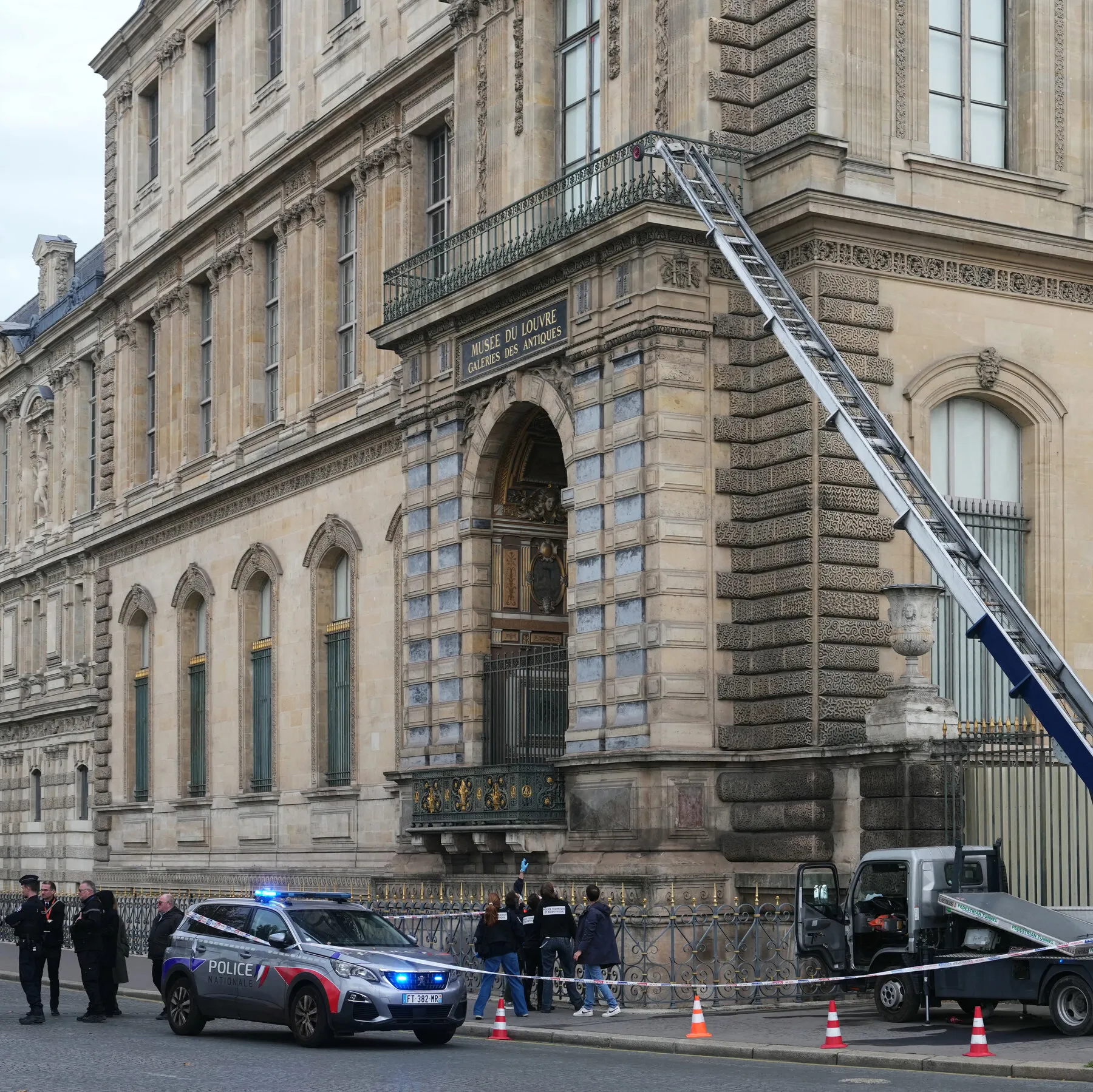«`html
Unveiling the Louvre Heist: A Daylight Jewel Robbery
The recent jewel heist at the Louvre has captured public attention, with experts dissecting how this audacious crime unfolded in broad daylight. In this article, we delve into the meticulous planning and execution behind the theft, shedding light on the motivations and techniques employed by the thieves.
On the day of the robbery, the Louvre, home to priceless art and artifacts, was bustling with tourists and visitors. This strategic timing allowed the thieves to blend in with the crowd, making their move less suspicious. The perpetrators, believed to be a well-organized group, utilized distraction tactics to divert attention from their actions.
According to sources, the thieves gained access to the museum’s secure areas by exploiting vulnerabilities in security protocols. Their knowledge of the layout and security measures of the Louvre suggests extensive reconnaissance prior to the heist. This level of preparation indicates that the criminals were not amateurs but rather experienced individuals familiar with high-stakes thefts.
The stolen jewels, valued at millions, were targeted for their high resale potential in underground markets. Experts suggest that the heist was not merely a random act but a calculated move aimed at acquiring luxury items that could easily be sold or laundered.
In conclusion, the Louvre heist serves as a stark reminder of the ongoing battle between security measures and criminal ingenuity. As investigations continue, this incident raises questions about the effectiveness of security in cultural institutions and the lengths to which thieves will go to achieve their goals.
«`
Source: Original
